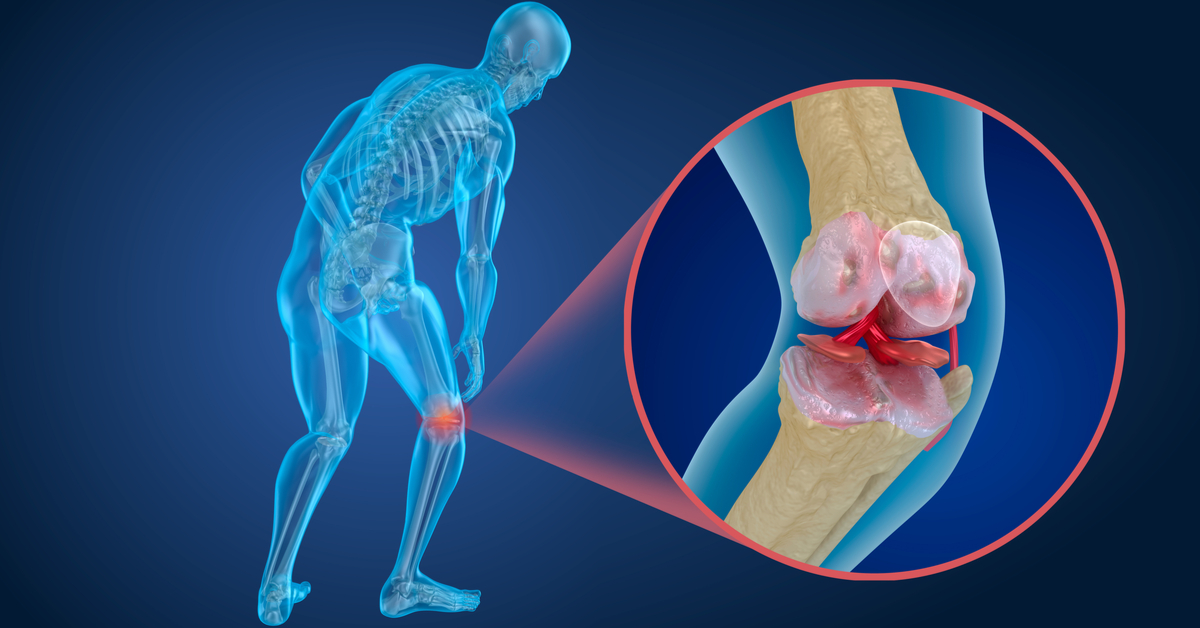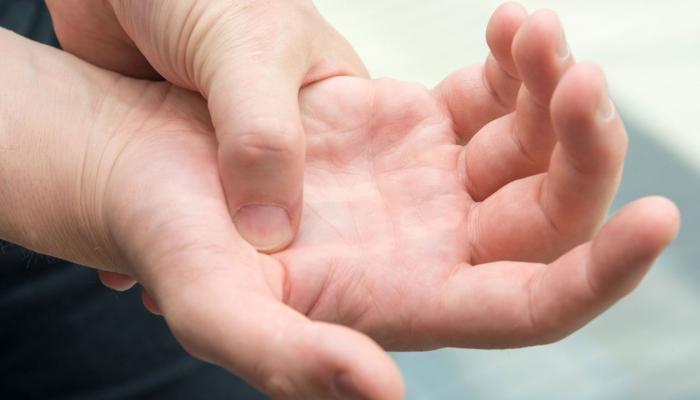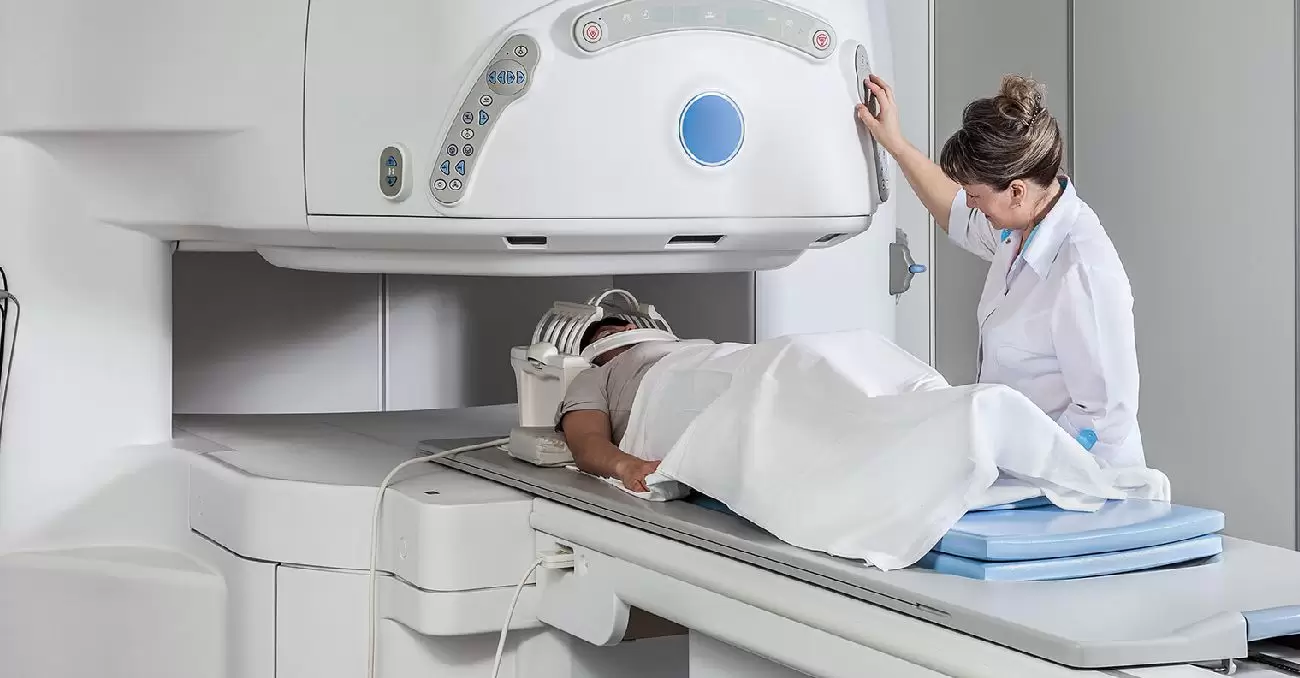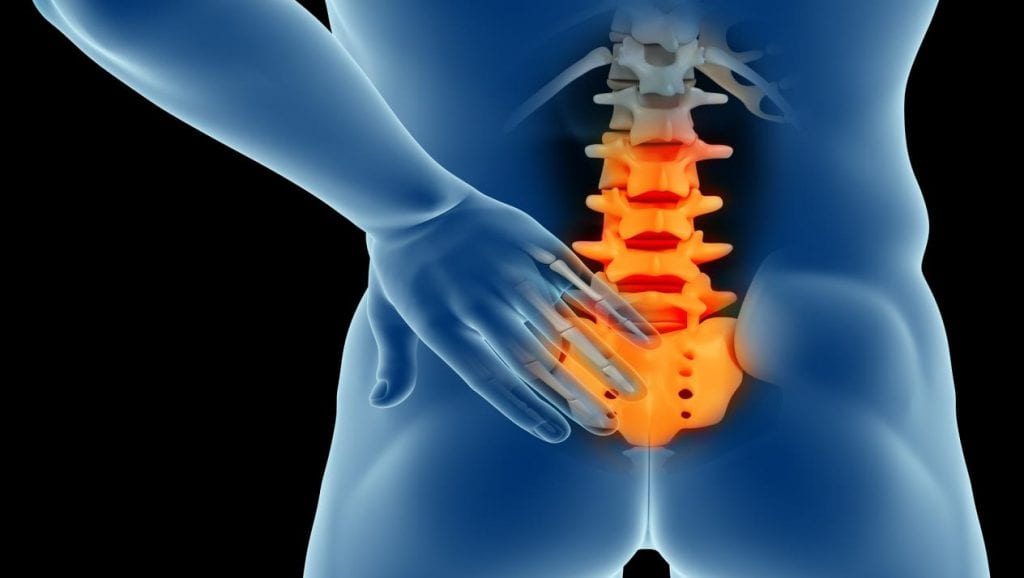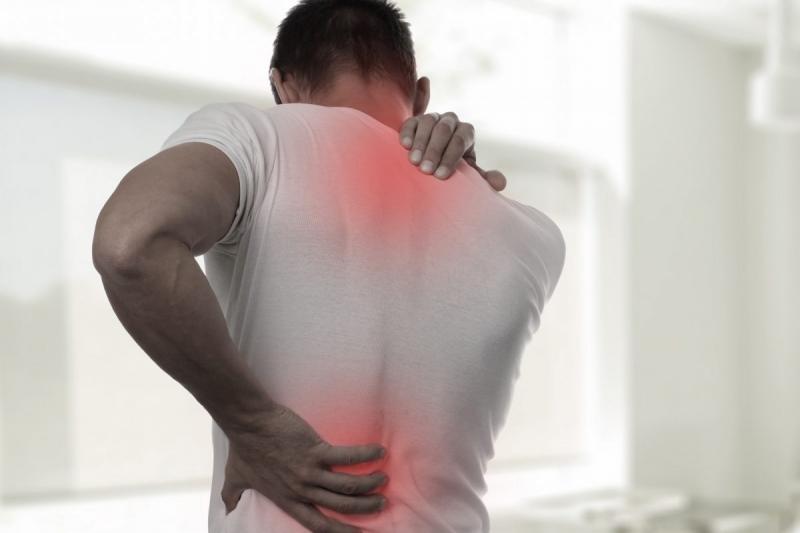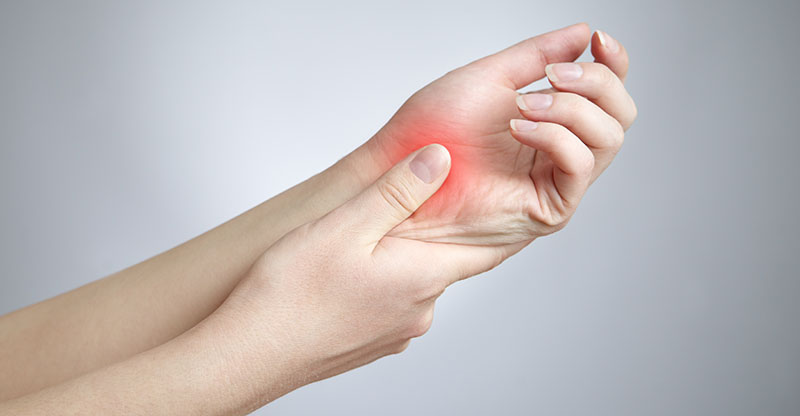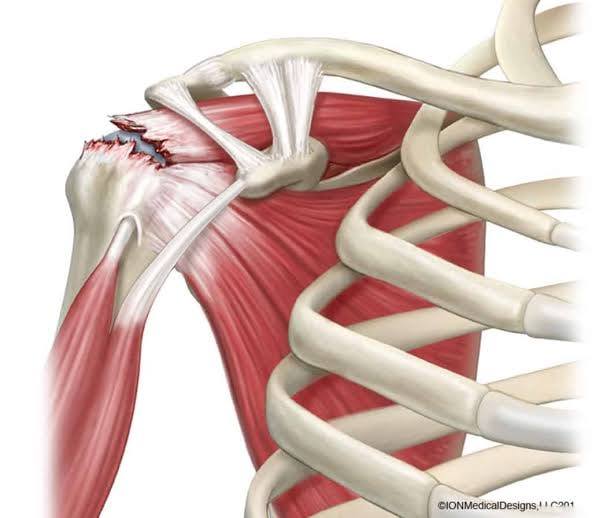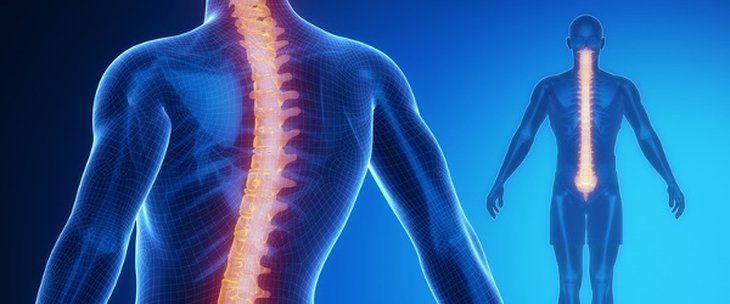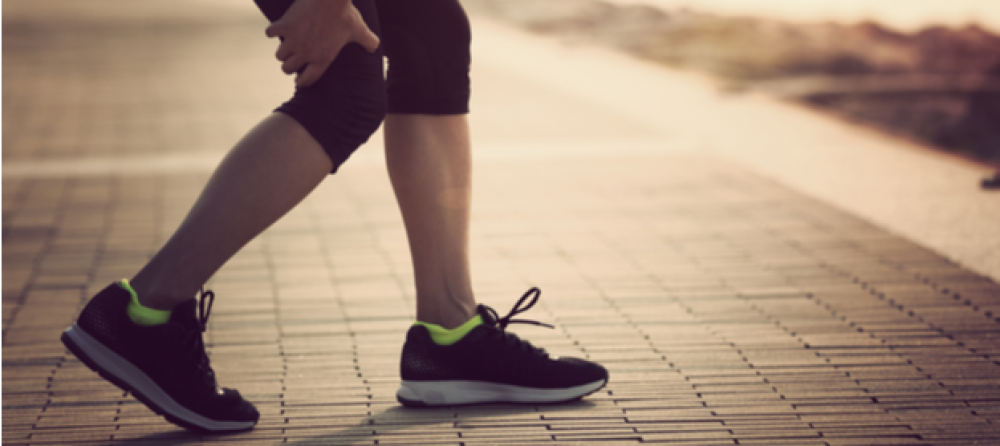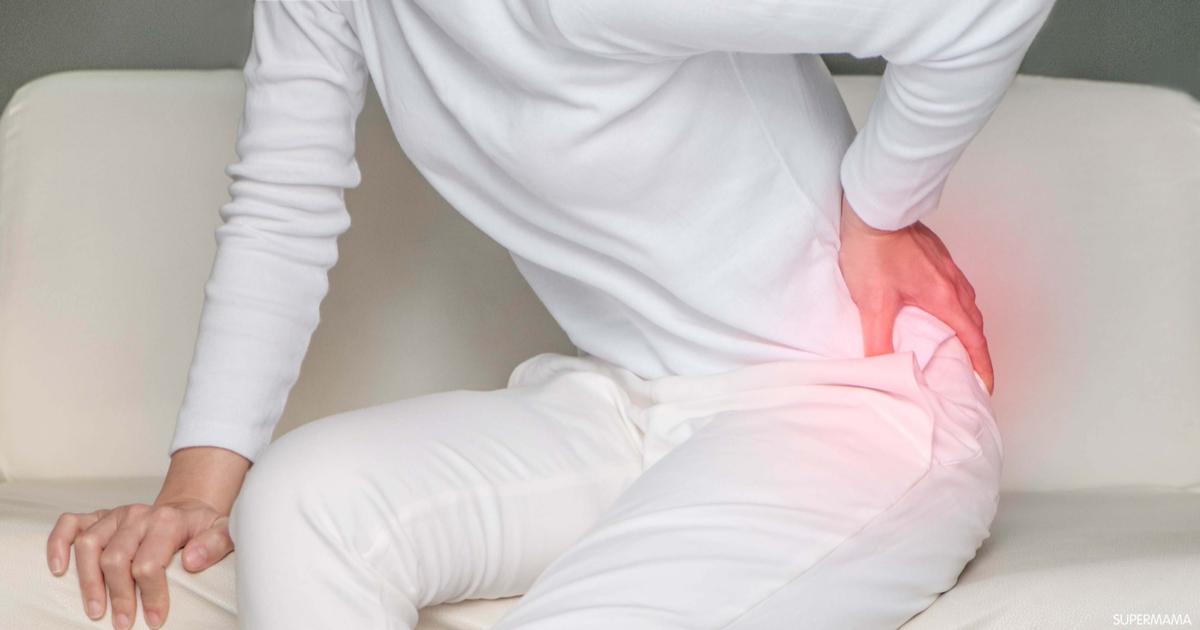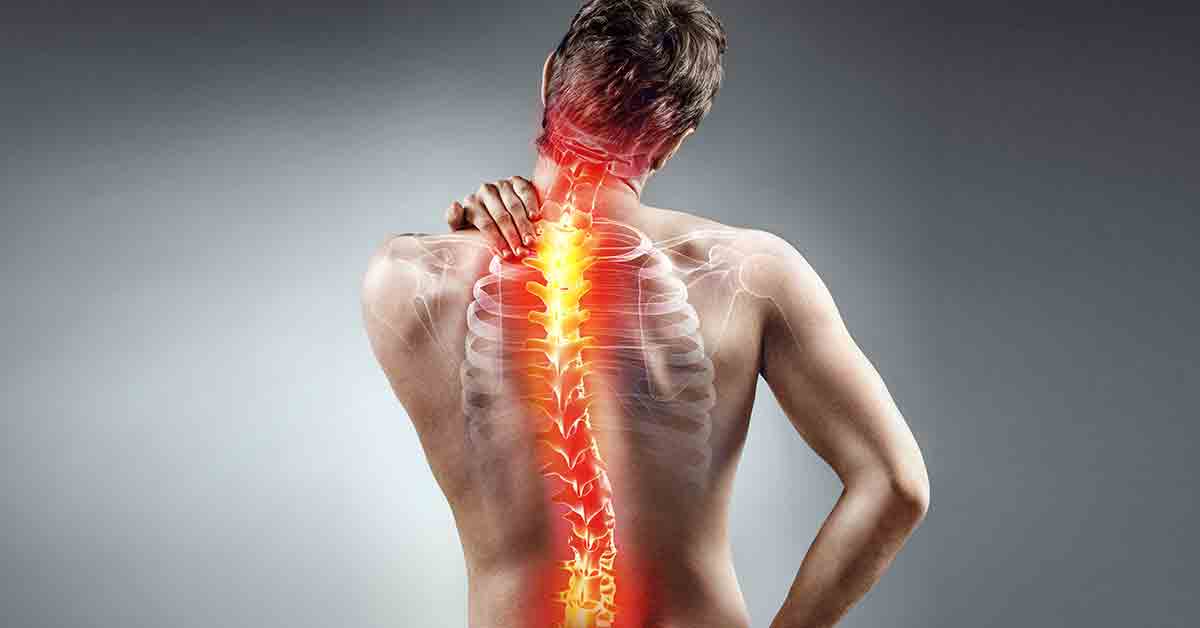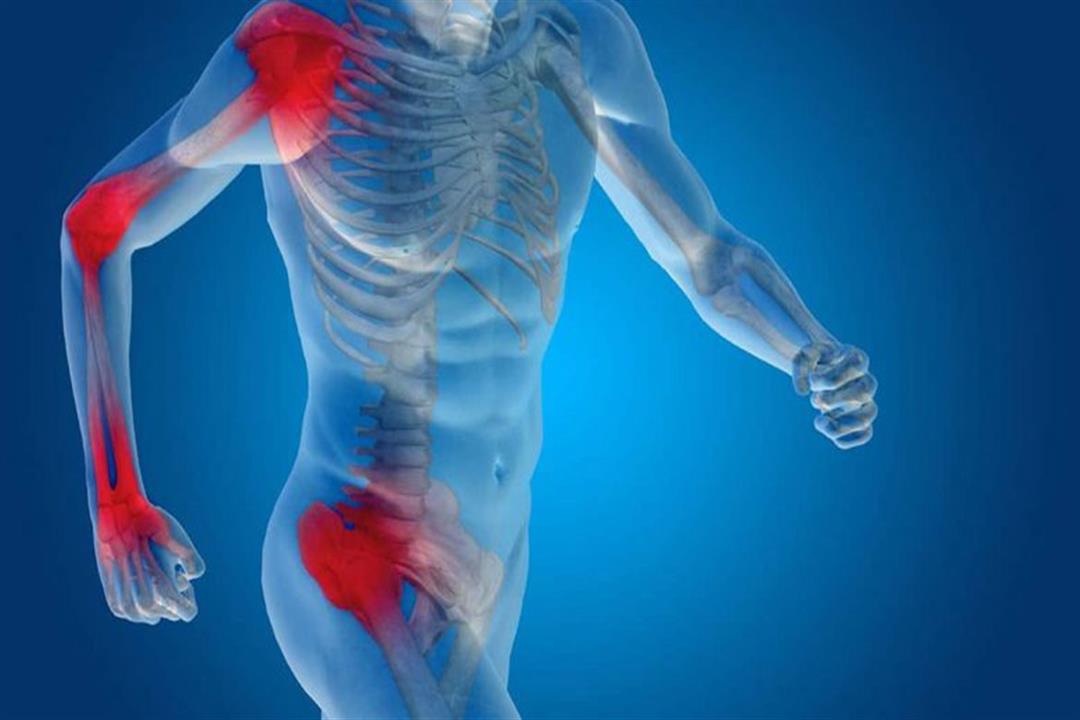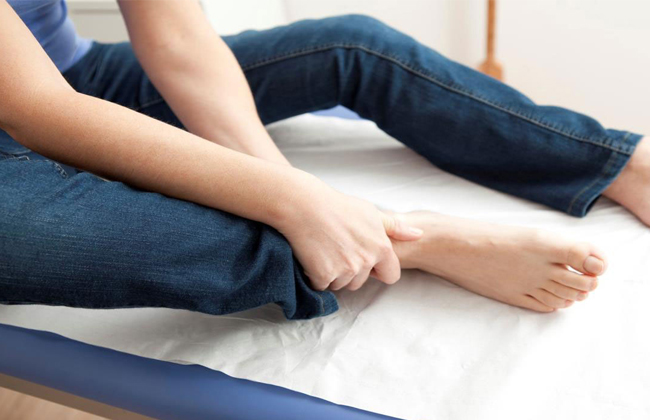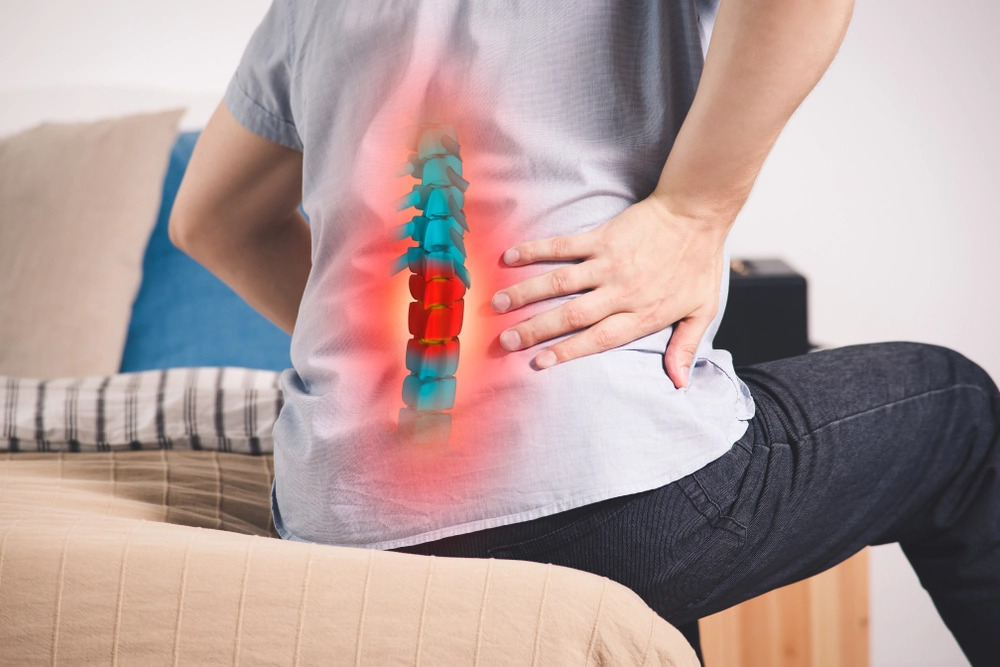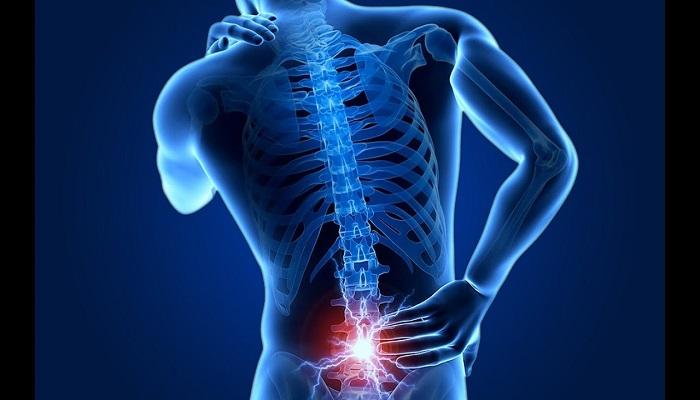Lower back pain and how can lower back pain be relieved?
Lower back pain
Many people may experience lower back pain at some point in their lives, and this pain can be extremely painful and disruptive to daily life. The causes of back pain are varied, with muscle strain and muscle tension being among the most common. There are also other factors that can contribute to the occurrence of this pain, such as sudden heavy lifting, improper movements, and weakness in the back muscles. In this article, we will provide some useful information about lower back pain and its treatment.
Definition of Lower Back Pain Lower back pain is a common and costly complaint, involving pain in the back region, specifically in the lower part of the spine. People may describe the pain in different forms, such as sudden acute pain or chronic pain that lasts for a long period. Lower back pain affects about 9-12% of people at any given time without a specific time frame.
Causes of Lower Back Pain Muscle tear and muscle tension: Small tears in the muscles or ligaments of the back, especially the lumbar spine muscles in the lower back, can result in lower back pain. Heavy lifting or improper back movements: This can strain the muscles for activity and can lead to tears in muscle tissues. Weakness in back muscles: This can make it easier for muscle strain and contraction to occur in this area, or problems in the back joints. Disc herniation: When the discs between the vertebrae of the spine slip out of their proper place, it can cause lower back pain. Spinal stenosis: This problem occurs when the spinal canal narrows and compresses the back nerves, causing severe pain.
Diagnosis and Treatment
In the case of acute lower back pain lasting less than 6 weeks, treatment is determined based on the required diagnosis.
For chronic lower back pain, it is recommended to first consider non-pharmacological treatments such as rehabilitation and physical exercises.
If these measures are not sufficient, non-steroidal anti-inflammatory drugs (NSAIDs) can be used to alleviate pain.
In cases of severe and chronic lower back pain, surgery may be the optimal treatment option.
Consult a specialist doctor if the pain persists or if there are red flags such as unexplained weight loss, mobility problems, or numbness.
Preventing Lower Back Pain
Regularly engage in physical exercises to strengthen the back muscles and improve flexibility.
Maintain proper posture when sitting and lifting objects, and avoid improper heavy lifting techniques.
Reduce spinal pressure by using well-supporting pillows when sitting and sleeping.
Avoid stress and manage psychological pressure effectively.
Avoid excessive stress and activities that require unusual movements for the back.
Consult Your Specialist
If you continuously feel lower back pain or if the pain significantly affects your daily life quality, it is advisable to consult a specialist doctor.
The doctor may conduct a comprehensive back examination and request X-rays to accurately determine the cause of the pain and establish an appropriate treatment plan.
It’s worth noting that lower back pain can affect a person’s mood, and it may be helpful to consult with a mental health specialist to manage the psychological and emotional aspects of pain in life.
In conclusion, this article provides general information about lower back pain and should not replace consultation with a specialist doctor. Individuals experiencing lower back pain should consult a doctor for an accurate assessment and guidance on the appropriate treatment.
What Causes Lower Back Pain Above the Buttocks?
Many people suffer from lower back pain, but it’s important to understand that this pain can extend and affect the buttocks area as well. Pain in this area can be extremely bothersome and may impact your ability to sit properly and carry out daily activities normally. In this article, we will explore some potential causes of lower back pain above the buttocks, as well as some possible treatments.
- Sciatica: One potential cause of lower back pain above the buttocks is sciatica. Sciatica occurs due to the compression of the sciatic nerves in the back region. You may experience painful sensations in the lower back and buttocks due to nerve irritation. Some individuals may also feel pain in other areas of the body, such as the thigh and leg.
- Disc Herniation: Disc herniation can be another possible cause of lower back pain above the buttocks. This occurs when the disc between the vertebrae moves and disrupts the lower part of the spine. Disc herniation can lead to sharp pain and numbness in the back and buttocks.
- Muscle Strain: Muscle strain is one of the most common causes of pain in the lower back region. Muscle strain occurs when the back muscles are subjected to excessive tension or stress. This tension can result from prolonged improper sitting posture or engaging in strenuous activities. Muscle strain can cause acute pain and spasms in the back and buttocks.
- Herniated Disc Disease: Herniated disc disease may be a primary cause of lower back pain above the buttocks. This condition occurs when the disc material between the vertebrae is released and affects the surrounding nerves. This can lead to sharp pain and numbness in the back and buttocks area.
- Spinal Stenosis: Spinal stenosis can cause narrowing in the lower back above the buttocks, characterized by the narrowing of the spinal cord channels, leading to pressure on the nerves in this area. You may experience severe pain and numbness in the back and buttocks due to this narrowing.
In conclusion, lower back pain above the buttocks can be caused by various factors, including sciatica, disc herniation, muscle strain, herniated disc disease, and spinal stenosis. If you are experiencing persistent pain in this area, it is advisable to consult a specialist doctor for a thorough examination and an appropriate treatment plan.
When to Consult a Doctor for Lower Back Pain Above the Buttocks?
After identifying the cause of the pain, it is advisable to consult an orthopedic doctor to determine the appropriate treatment. The doctor may perform some diagnostic tests, such as X-rays or magnetic resonance imaging (MRI), to confirm the diagnosis.
While waiting for your doctor’s appointment, you can try some home remedies to alleviate the pain, such as relaxation, avoiding heavy lifting, and avoiding uncomfortable sitting or sleeping positions. You can also try applying ice or gently massaging the painful area.
Do not hesitate to see your doctor if the pain persists or worsens, as more effective treatments such as physical therapy, massage therapy, or even surgery may be recommended if necessary.
In the end, you should not neglect any pain in the lower back or above the buttocks, no matter how minor. It is important to consult a doctor to determine the cause of the pain and receive the appropriate treatment to relieve the pain and improve your quality of life.
When Are Lower Back Pains Serious?
Many people may experience lower back pain at some point in their lives. While these pains can be normal and non-serious, in some cases, they may indicate a serious health problem. It is important to recognize the warning signs of lower back pain that should not be ignored.
- Severe and Persistent Pain: If you are experiencing severe lower back pain that does not improve with rest, you should consult a doctor. This type of pain may be an indicator of a serious issue with the spine or nerves.
- Weakness or Numbness in the Legs: If lower back pain is accompanied by weakness or numbness in the legs or feet, it indicates nerve compression in the back. This could be due to disc herniation or spinal canal narrowing.
- Unexplained Weight Loss: If you have lower back pain accompanied by unexplained weight loss, you should seek medical attention immediately. This sign may indicate the presence of a malignant tumor in the body.
- Difficulty Controlling Vital Functions: If you experience lower back pain along with difficulty controlling vital functions, such as feeling numbness in the pelvic area or having difficulty urinating, you should seek medical help immediately. This could indicate a spinal cord problem.
- History of Injury or Fracture: If you have a history of falling on your back or sustaining an injury in the back region and are experiencing severe and persistent pain, you should consult a doctor. This may indicate a spinal fracture or severe nerve damage.
- Unusual Swelling: If you have abnormal swelling in the lower back area, this could be a sign of inflammation or a tumor. You should consult a doctor to assess the condition.
In conclusion, it is important to be aware of the warning signs of serious lower back pain and seek medical attention promptly if any of these signs are present. Ignoring such symptoms could lead to delayed diagnosis and treatment of underlying health issues.
Most cases of lower back pain are not serious and can be treated with self-care and home remedies. However, if you experience any of the warning signs mentioned above, you may need a prompt medical evaluation to determine the cause of the pain and receive appropriate treatment. Lower back pain should be taken seriously, and it should not be ignored as it could be an indicator of a serious health problem.
How to Get Rid of Lower Back Pain?
Lower back pain is a common problem for many people worldwide. This type of pain can affect daily life and the ability to perform routine activities. However, there are ways to get rid of and alleviate lower back pain by following some guidelines and engaging in proper exercises. In this article, we will explore some important ways to get rid of lower back pain.
- Exercise Regularly: Regular physical exercise is one of the best ways to alleviate lower back pain. It is recommended to perform exercises that target strengthening the back and abdominal muscles, as this enhances overall body strength and reduces pressure on the spinal vertebrae. Beneficial exercises for relieving lower back pain include walking, cycling, swimming, and muscle-building exercises such as weight lifting.
- Maintain Proper Body Posture: It is important to maintain proper body posture while sitting, standing, and sleeping. When sitting, it is preferable to sit on a chair with support for the lower back and buttocks, and keep your feet flat on the floor. When standing, strive to evenly distribute body weight on both feet and slightly bend the knees. While sleeping, use a comfortable pillow to support the neck and back, and consider sleeping on your side with the body’s position supported by back cushions.
- Avoid Prolonged Sitting: Prolonged sitting can increase pressure on the lower back and lead to the development of lower back pain. Therefore, it is recommended to take regular breaks throughout the day and perform simple back-stretching exercises. It may be preferable to stand and walk for a few minutes every hour to reduce lower back pain related to extended sitting periods.
- Weight Management: Excess weight can contribute to increased pressure on the lower back and the development of lower back pain. Therefore, obesity cases may require weight loss as a means to alleviate pressure on the vertebral column and improve pain.
- Consult a Doctor: If lower back pain persists and worsens or is accompanied by other symptoms such as leg numbness and tingling, it is advisable to consult a doctor. The doctor may provide additional advice for alleviating lower back pain and a suitable treatment plan based on individual circumstances.
In conclusion, lower back pain can be alleviated by adopting a healthy lifestyle, engaging in proper exercises, maintaining good body posture, avoiding prolonged sitting, and managing weight when necessary. Do not hesitate to consult a doctor if the pain persists and worsens.
When Should You Visit a Doctor for Lower Back Pain?
In this article, we will discuss some situations in which it is necessary to visit a doctor when experiencing lower back pain.
- When lower back pain is accompanied by nausea, vomiting, fever, abdominal pain, sweating, weakness, and fatigue.
- When unexplained weight loss is observed.
- When experiencing numbness in the area of the palm of the foot, leg, rectal area, or groin.
- When losing control over the bladder and increased bowel activity.
- When the pain extends to the leg and knee.
- When there is a family history of osteoporosis or cancer.
- When losing the ability to sleep and move normally due to the severity of the pain.
- When lower back pain is the result of an injury.
These situations warrant a visit to the doctor to assess the patient’s health and diagnose the problem, followed by determining the appropriate treatment to avoid more serious health issues.
Furthermore, there are serious medical conditions that can cause lower back pain and require immediate medical attention if ignored. Among these conditions are:
- Heart diseases, especially in individuals who are obese, have diabetes, high blood pressure, or high levels of harmful cholesterol.
- Coronary artery blockage, especially in individuals with a family history of cardiovascular problems.
- Herniated disc, which can, in some cases, lead to urinary incontinence and mobility issues.
If you experience any of these symptoms, it is essential to visit a doctor promptly to evaluate your condition and determine the appropriate treatment.
Do not delay seeking medical attention when any of the mentioned symptoms above occur, as these conditions could be indicative of serious health problems that require immediate assessment and suitable treatment.


